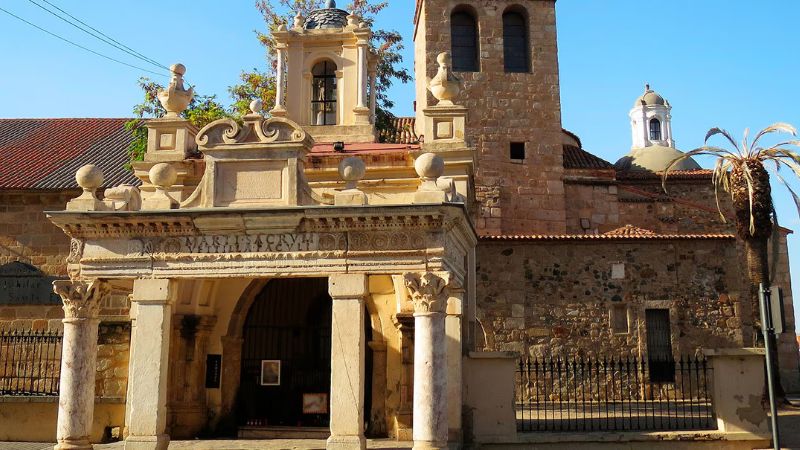
The Basilica of Santa Eulalia is one of the most significant monuments of Merida, a city rich in history and cultural heritage. This building is not only an architectural masterpiece, but also a living testimony of Christian devotion and the historical complexity of the region.
History and Devotion to Saint Eulalia
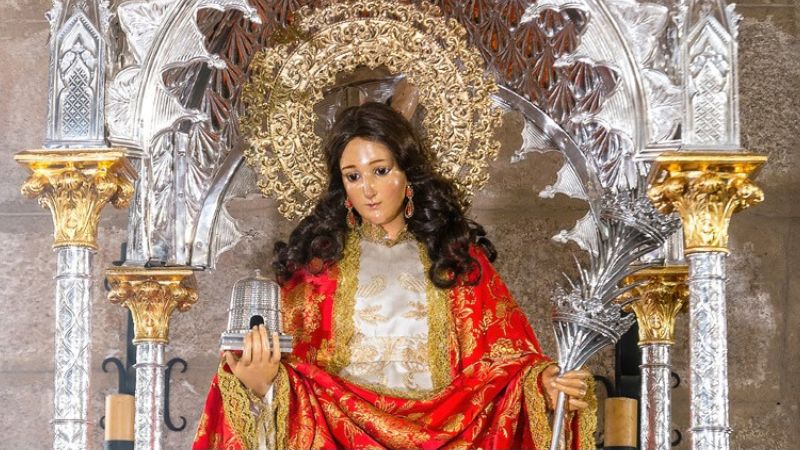
Located on Avenida de Extremadura, the Basilica of Santa Eulalia stands as a tribute to the martyr of the same name, a young woman from Emerita who was persecuted and martyred during the purges of Emperor Diocletian in the early years of the 4th century AD.
The story of Saint Eulalia has been the subject of numerous literary and documentary works since antiquity, including texts by poets such as Prudentius and bishops such as Hydatius.
Devotion to her has been a constant in the history of Mérida, as evidenced in numerous texts and archaeological finds.
Architectural Evolution
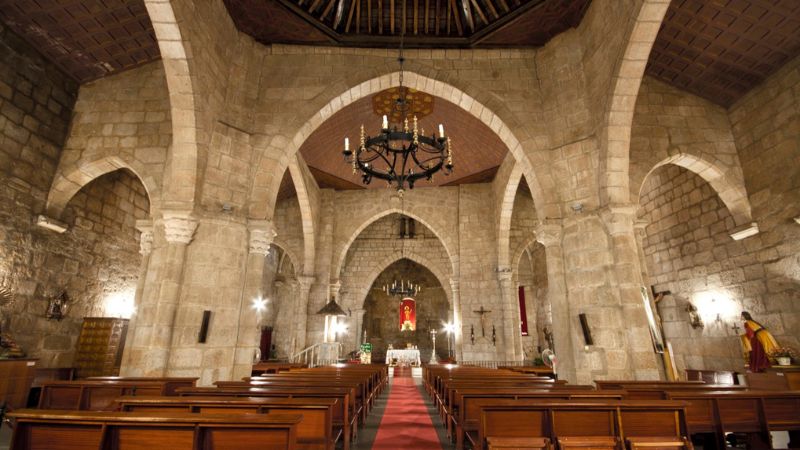
Roman and Visigothic antecedents
Before being a religious site, the area where the basilica is located was an extension of suburban mansions during the Roman period.
Over time, the site became a Christian necropolis, especially after the martyrdom of Saint Eulalia.
The original structure was an early Christian basilica probably built in the 4th century, during a period of relative peace for Christians after the conversion of Emperor Constantine.
This first building underwent several transformations and was partially destroyed, especially during the Arab occupation in the 9th century.
Reconstruction and Style
The current building dates from the Reconquest, approximately in the year 1230. It is an amalgam of styles, reflecting the different stages of the architectural history of the Iberian Peninsula.
While the plan of the church remains basically the same as in the Visigothic period, its style could be described as Romanesque with Gothic influences.
In addition, Baroque and Renaissance architectural elements can also be found in the structure, as is the case of the chapel added in the eighteenth century and a doorway from the sixteenth century.
The Crypt and “El Hornito”.
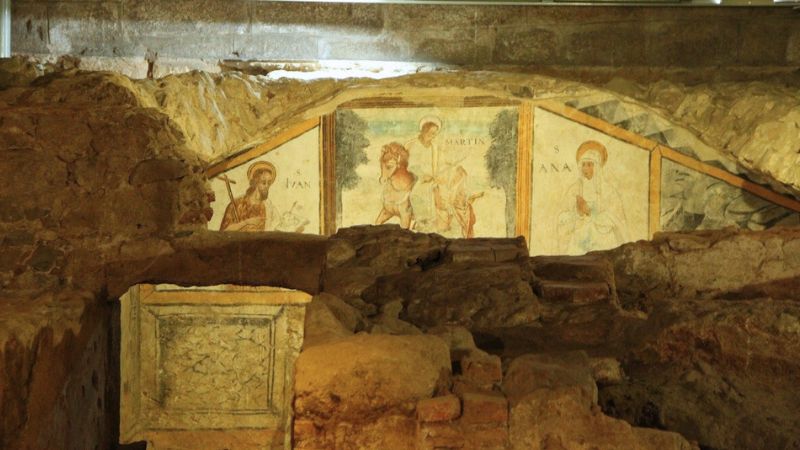
One of the most interesting discoveries was made during excavations between 1990 and 1992. Underneath the basilica, a crypt was found containing a veritable mosaic of tombs from different periods, from late Roman to Visigothic and modern.
Right next to the basilica is “El Hornito”, a small oratory that marks the site of Santa Eulalia’s martyrdom. This humble but mighty monument is a perpetual reminder of the saint’s sacrifice and remains a place of devotion for the people of Emerita.
Martyr’s Way
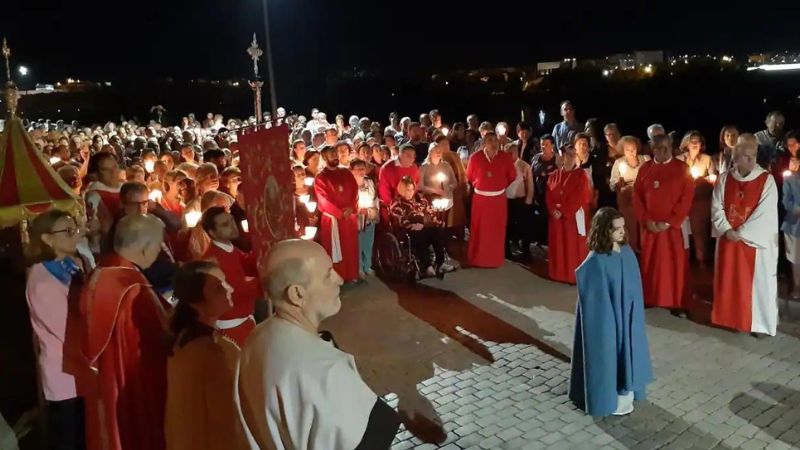
Every December 9, the inhabitants of Mérida make the Way of the Martyr, a pilgrimage that follows the route that Saint Eulalia took from Arroyo de San Serván to Mérida before her martyrdom.
Visiting the Basilica
The Basilica of Santa Eulalia is accessible to the public, with an entrance fee for the crypt of 6 euros and reduced rates available. It is also part of the Conjunto Arqueológico de Mérida, declared a World Heritage Site in 1993, which allows access to several of the city’s monuments with a combined ticket.
More of Merida’s historical heritage
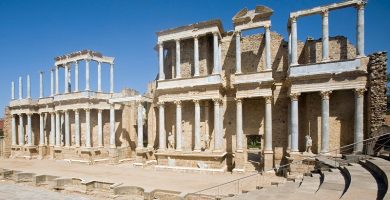
Roman Theater of Merida
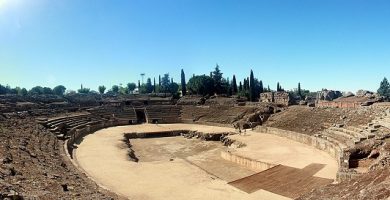
Mérida Roman Amphitheater
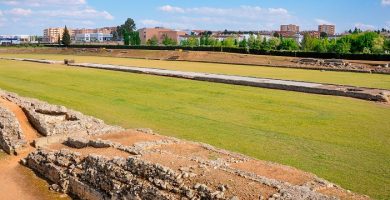
Roman Circus of Merida
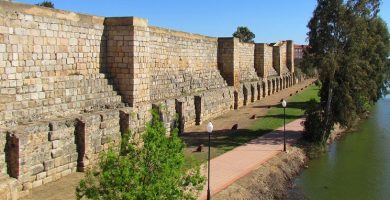
Moorish Alcazaba of Merida
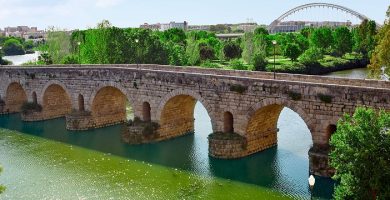
Roman Bridge of Merida over the Guadiana river
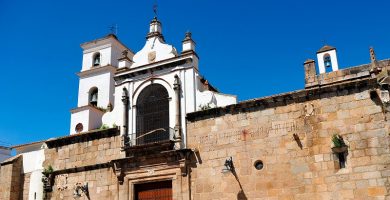
Co-cathedral of Santa María la Mayor of Mérida
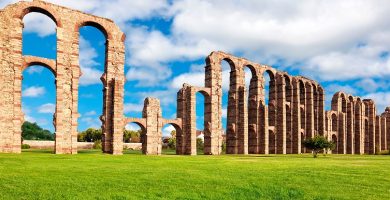
Los Milagros de Merida Aqueduct
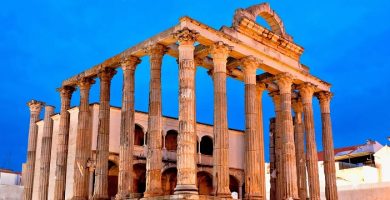
Roman Temple of Diana in Mérida
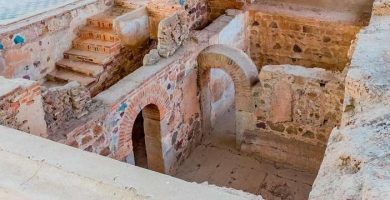
Casa del Mitreo House in Mérida
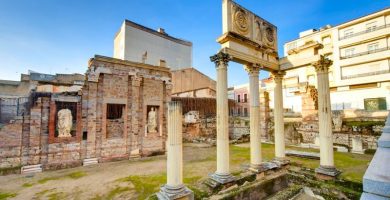
Portico of Merida’s Municipal Forum
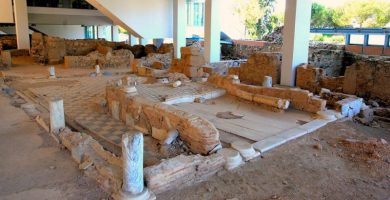
Morería de Mérida Archaeological Site
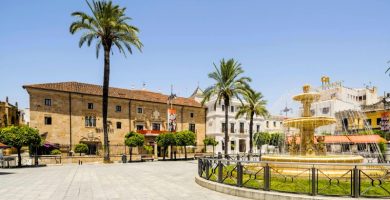
Plaza de España in Mérida
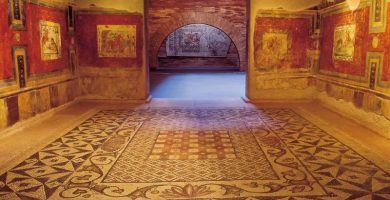
National Museum of Roman Art of Mérida
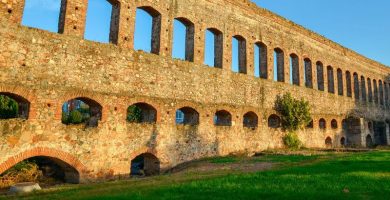
San Lázaro Aqueduct in Mérida
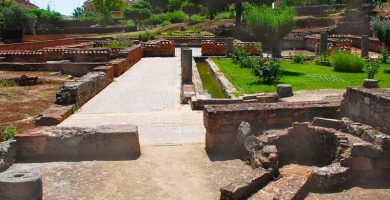
Merida Amphitheater House
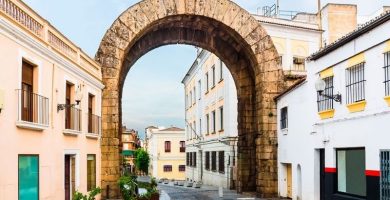
Trajan’s Arch of Mérida
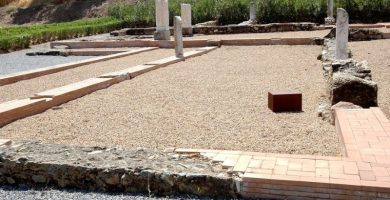
Mérida’s Xenodoquium
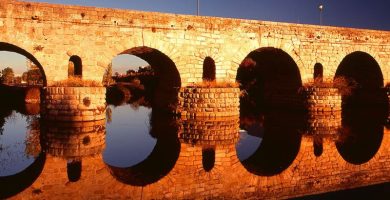
Roman Bridge over the Albarregas
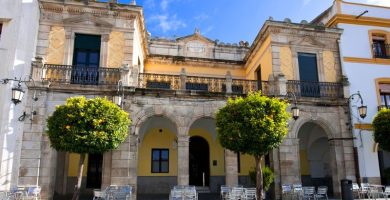
Círculo Emeritense in Mérida
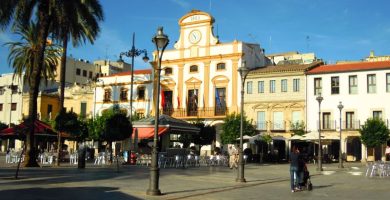
Mérida City Hall
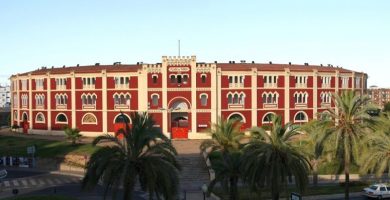
Bullring of Mérida
